Disclosure: We may get commissions for purchases made through links in this post.
Pavers add another touch of decoration and functionality to your home. While they can be utilized both on a patio and as a driveway, their structure is prone to chips and cracks and thus may require regular maintenance. If you're wondering if you can repair cracked pavers, and how to even do it, don't get in a fluster because we researched all the best answers for you.
The good news is, yes, you can repair cracked pavers! It should be easy with the right paver hand tools and method. You only need to replace the cracked part and ensure that it doesn't affect other paver patterns as well.
Pavers come in a variety of materials too. Keep reading for a more detailed discussion on how to repair cracked pavers, including brick, concrete, and stone pavers.
![Sidewalk repair with cracked paver, Can You Repair Cracked Pavers? [And How To]](https://pavingplatform.com/wp-content/uploads/2022/03/Can-You-Repair-Cracked-Pavers-And-How-To.png)
Reasons Why Pavers Crack
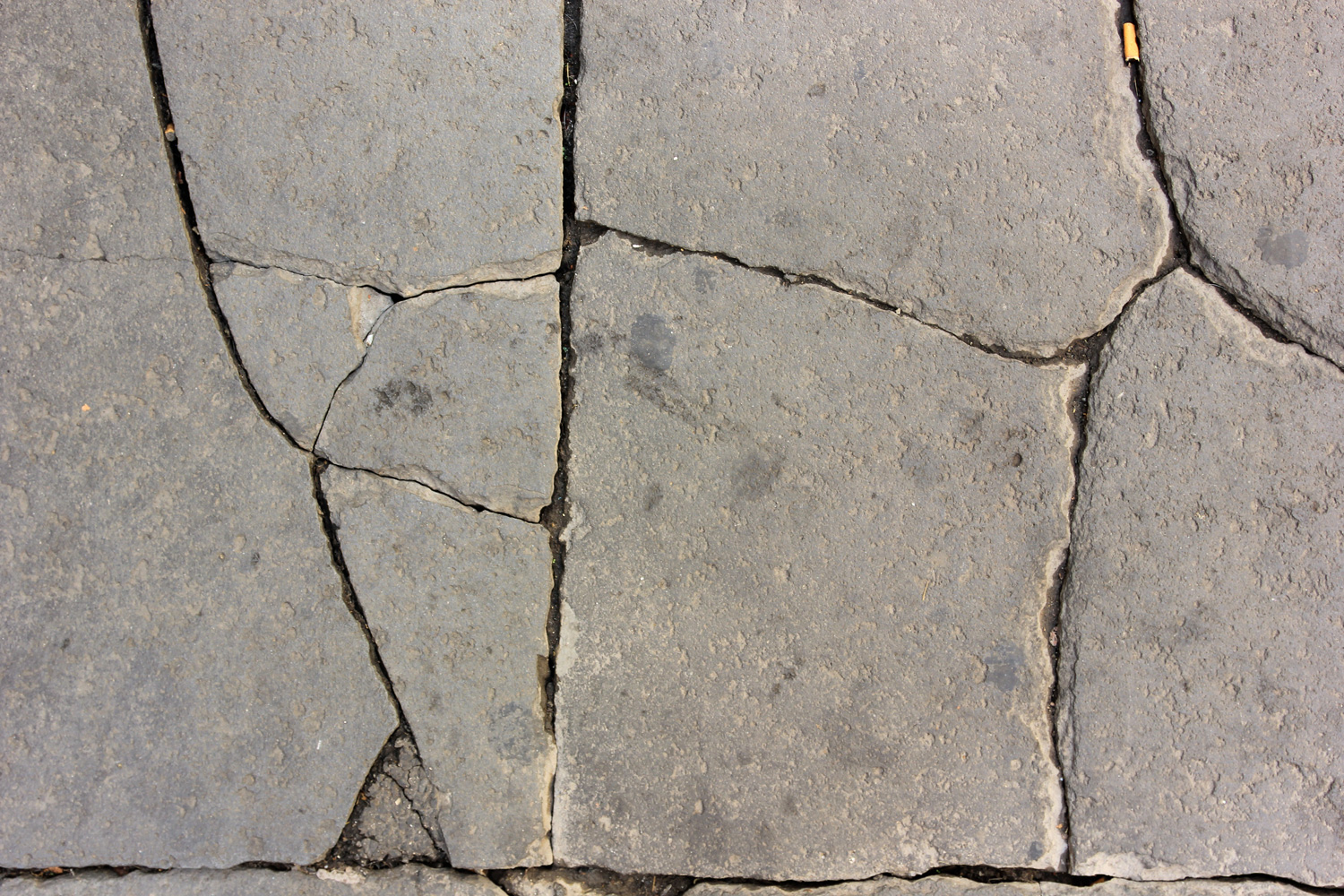
Before we delve into the steps to repair cracked pavers, it is imperative to understand the reasons why they crack in so that you can keep an eye out and prevent your pavers from chipping or cracking.
For brick pavers, the reason why they crack can be due to weed growth. Weeds growing in pavers are not only unpleasant to look at, but they cause structural damage to your brick pavers as they mostly grow on interlocking joints.
Another reason could be a faulty installation process. This means that pavers are easily damaged because they are not supported by a sturdy foundation or they lack the necessary quality materials like proper sealing and the use of polymeric sand.
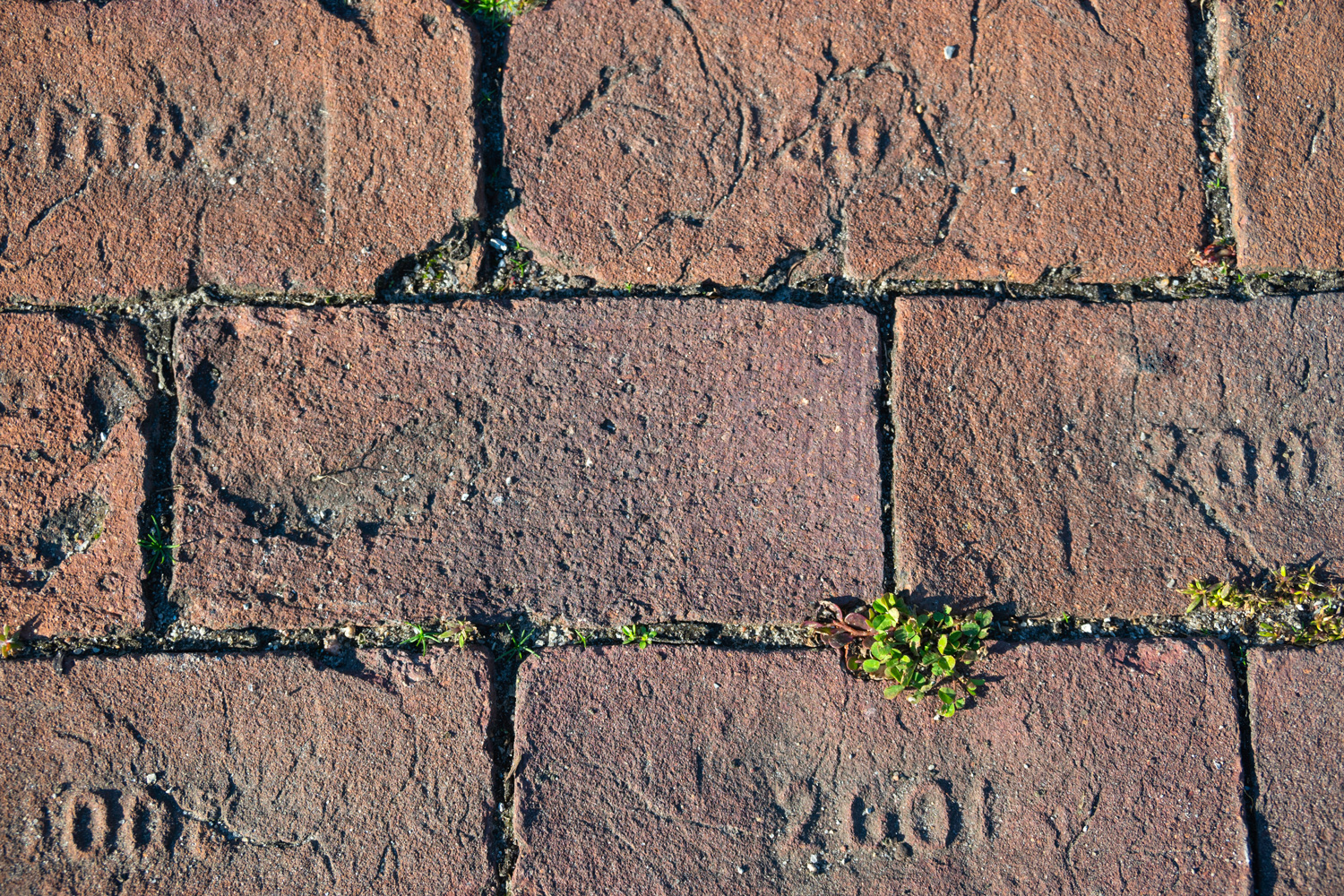
As for concrete paving blocks, one of the common reasons why they crack can also be due to how their foundation was processed in the first place. The use of excess water in preparing the mixture from the raw materials could cause cracks.
Similarly, rapid drying of concrete pavers and concrete products because of chemical reactions and hydration could also be a culprit. Another factor to look out for is the right amount of strength when doing the job of pouring the concrete.
Lastly, for stone pavers, the reason why they crack is due to water causing erosion and destabilization of the sub-base particularly if the pavers are located near a pool or pond area.
How To Repair Cracked Pavers
Now that you have read the reasons why different types of paving materials crack, let's now move forward to fixing three types of pavers.
Fixing Brick Pavers
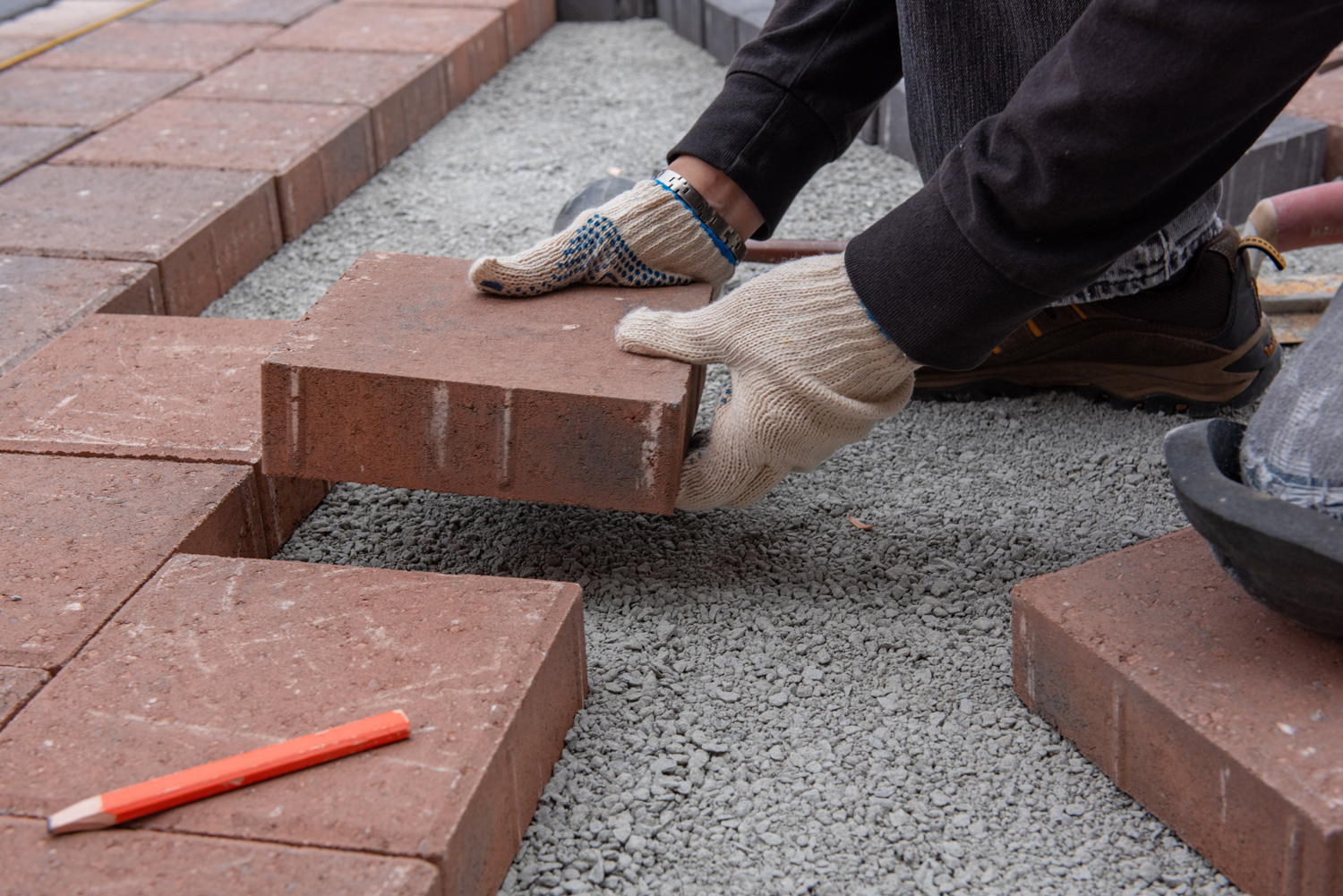
To repair cracked brick pavers, you need to follow each of these steps:
- Mark the sides of the cracked pavers with a chalk marker before removing them. Doing this ensures that you are eliminating the right cracked brick.
- Remove the damaged brick.
- Clear the debris on that damaged area.
- Sand the damaged area.
- Push all the sand on that area with a wooden float.
- Ensure compact on the sand by treading it.
- Place the new or replacement brick into the damaged area.
- Put sand at the top of the new bricks to ensure filling out the gaps and joints evenly.
- Tap the new pavers in place with a rubber mallet.
- Clean up your working area and sweep excess debris, sand, and dirt away.
Fixing Concrete Pavers
Here's what you can do to fill in cracks in concrete pavers for driveways and patios:
- Chisel out the crack by creating a backwar angled-cut. You can use either a hammer or a cold chisel to do this.
- Clean the loose material using a wire brush.
- Apply a thin layer of bonding adhesive to the entire cracked area using a paint brush. Bonding adhesive keeps the loose or cracked concrete from popping out.
- Mix vinyl-reinforced patching, compact then delve it into the crack.
- Feather the repair with a trowel to even the surrounding surface.
You can also watch this YouTube video that shows a tutorial on how to fix cracks in concrete:
Fixing Stone Pavers
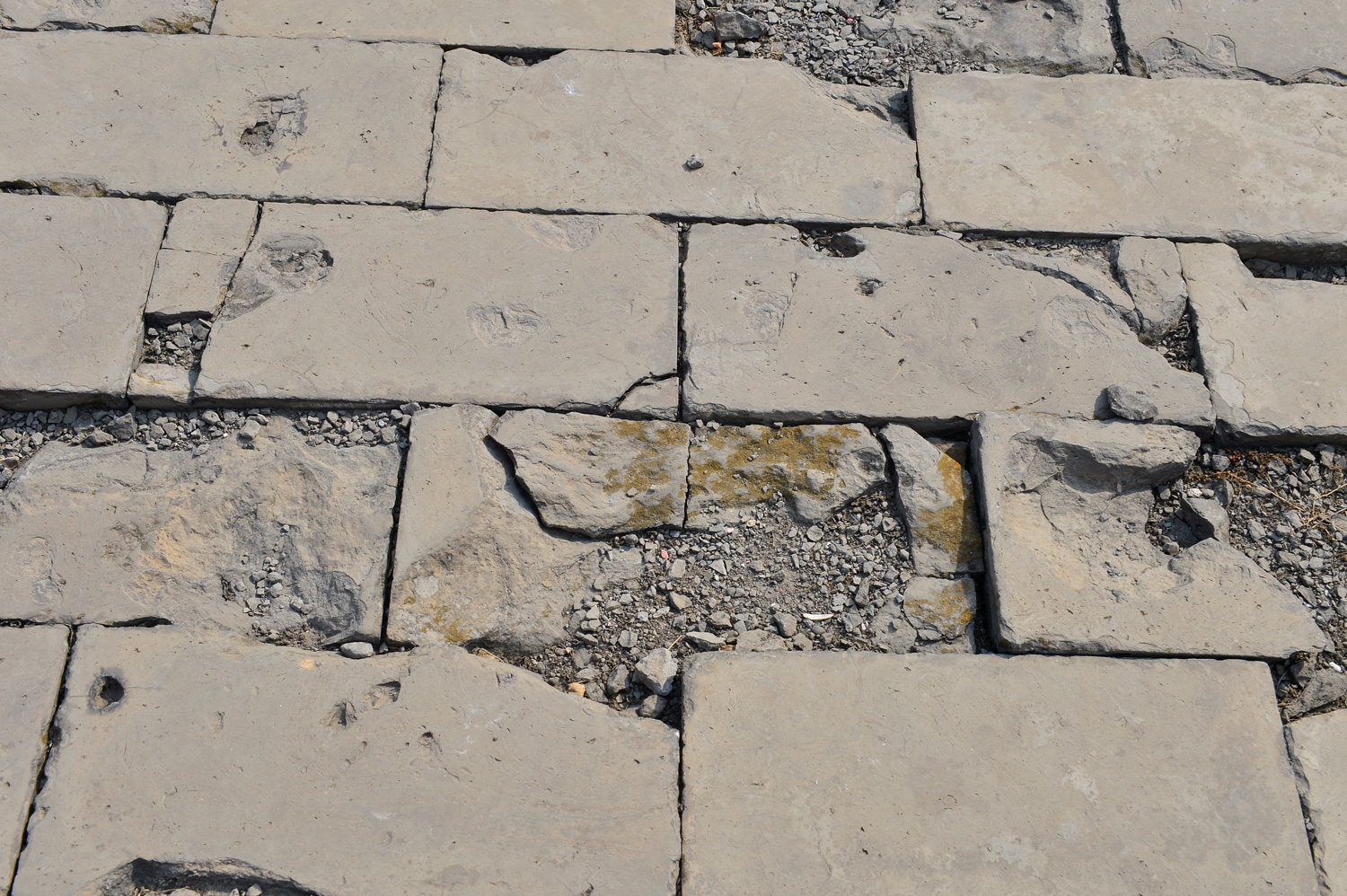
When repairing stone pavers, all you need to do is patch them up with cement or mortar to help seal up the damage. Using a wire brush, you can scrape away loose or pointed edges of the crack and when you're done, you can easily clean it up by sweeping it or using a vacuum.
You can also make use of a special epoxy that is fit to repair even the most natural components in a stone. Epoxy may be extra runny. This can serve as a fabricator that will lay on the slab on top of the plastic. All you need to do is pour the epoxy over the cracks, splits, or gaps and let it sit overnight.
This product below from Epox-Sci is most compatible with stone. It guarantees a permanent and invisible repair to your stone pavers. Plus, it's non-toxic, dries quickly, and has an unbreakable bond!
Click here to see this Epox-Sci's epoxy on Amazon.
You might also want to take a look at this YouTube video by Drystone Joe, showing a tutorial on how to repair stone walkways or patios:
Below is a run-through list of the tools and materials you might need in the process. Also, please be reminded to make use of the specific instructions provided above according to the type of pavers you need to repair. Doing so is essential so that you will purchase the right tools needed for the repair.
- Wooden float
- Spirit level
- Screwdrivers
- Trowel
- Cold chisel
- Hammer
- Rubbet mallet
- Bolster
- Steel float
- Sand (best option to opt for is polymeric)
- Paint brush
- Special epoxy
- Wire brush
- Bonding adhesive
- Broom
- Vacuum
Does Sealing Help Prevents Crack On Pavers?
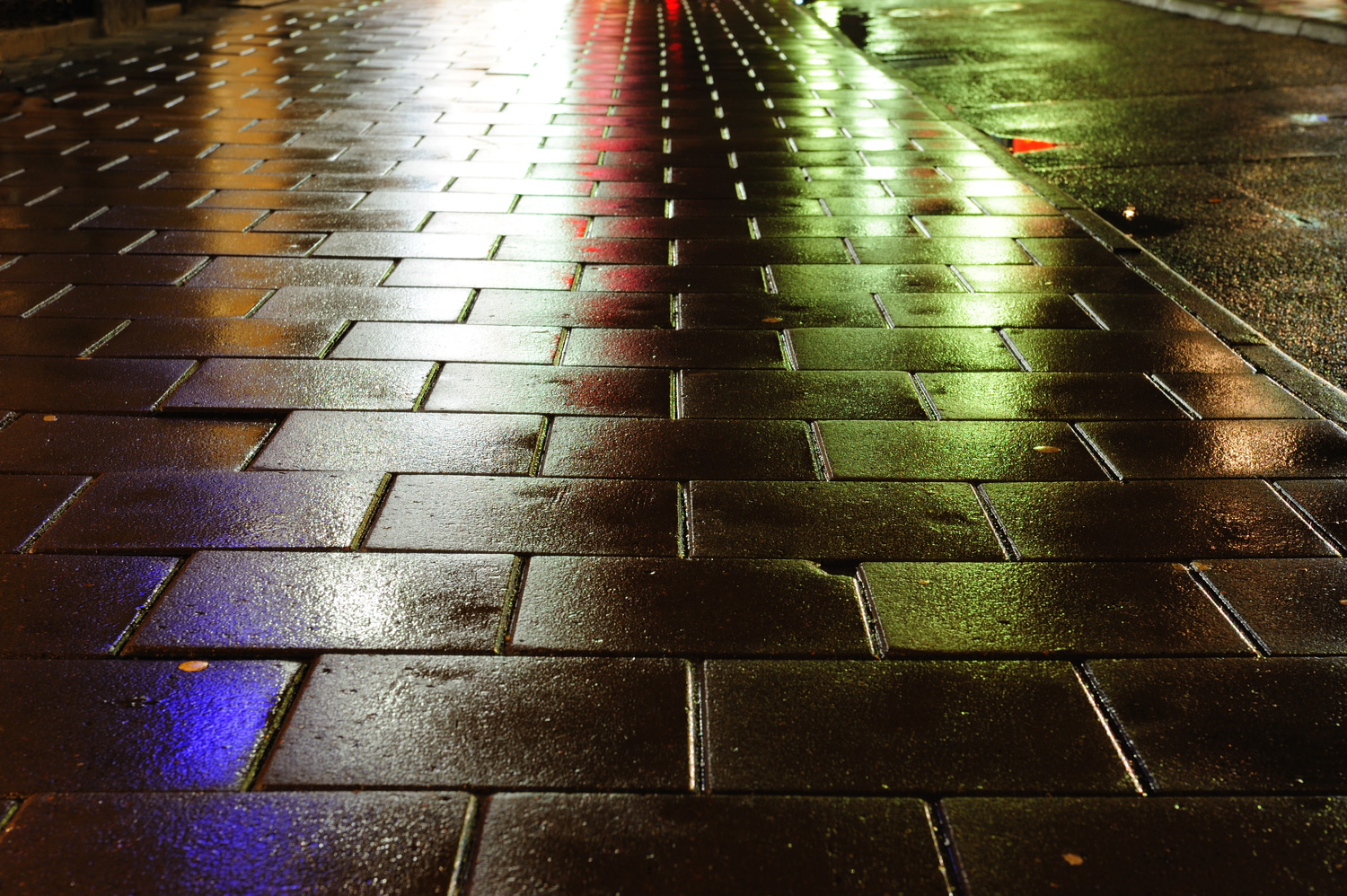
You can take safety measures for your pavers. To preserve them, however, for the long term necessitates that you seal them.
A paver sealer serves as an invisible protective barrier that is installed on top of your pavers once they are allotted enough time to set for approximately 30 days. When they harden, the sealer stops the actual pavers from making direct contact with possible harmful elements. Additionally, it helps preserve the appearance and integrity of your pavers and continually makes them look new.
One coat of paver can last you up to one or two years. So imagine how one sealing session protects two years' worth of damage to your pavers.
Not only that, paver sealers prevent possible damages that can be caused by mold, black algae, mildew thrive, and algae spores that can destroy the structure of your pavers, making them well preserved and mold-free.
Can You Pressure Wash Pavers?
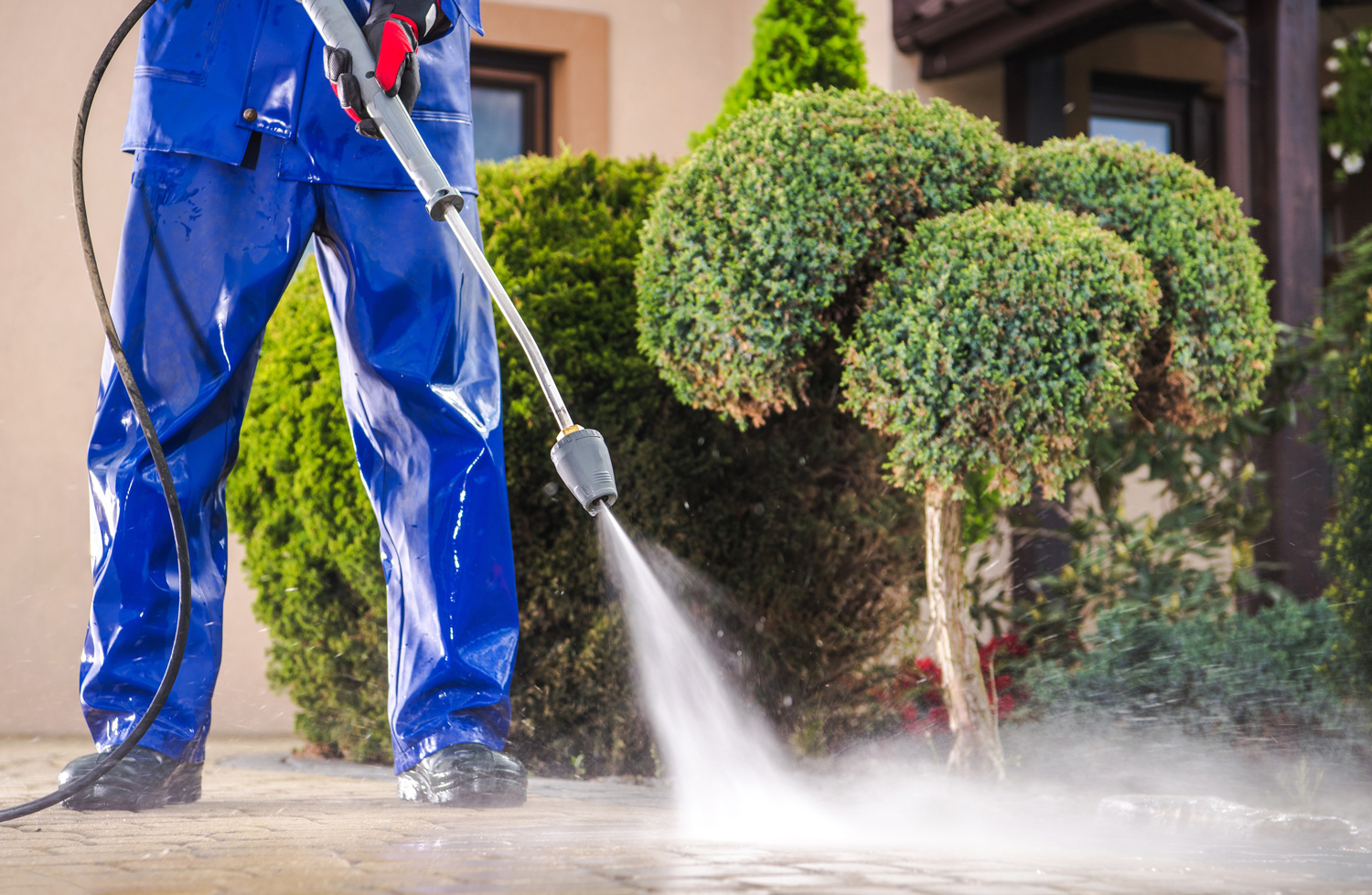
Pressure washing your pavers is a great cleaning method and offers a great advantage. Firstly, pressure washing does not contain chemicals that are hazardous to your health. It also restores the appearance of your pavers quickly since your pavers can be exposed to a lot of sun, wind, rain, and snow that can make them look dusty and dirty.
High-pressure water is powerful enough so there's no need to use commercially-available cleaners that contain a lot of chemicals. Not only that, pressure washing your pavers is absolutely convenient and cost-effective! You won't have to spend an entire week scrubbing, plus you'll eliminate the possibility of making contact with hazardous chemicals that can directly harm your eyes, throat, and lungs.
You may also want to have a look at this YouTube video by Homebaseuk for additional tips on pressure washing your pavers:
Why Is There Haze On Pavers?

Haze on your pavers is called efflorescence. It's also known as calcium hydroxide or free lime.
Haze happens when water-soluble salts (from condensation or rain) fall on the pavers. When water mixture gets into the surface, it mixes with carbon dioxide in the air which results in a white haze or film around your pavers.
The best way to get rid of this is to start by scrubbing it with a mixture of water or mild detergent. A pressure washer can come in handy, as its benefits are stated above. However, if it's the first time you clean haze on your pavers, you might as well start in a gentle way by doing a low-pressure wash.
If the latter solutions do not work out efficiently, the last straw for you to get rid of haze on pavers is by sandblasting or chemical cleaning. Or better yet, hire a professional to guarantee safety and reduce the risk of damaging your pavers.
Final Thoughts
Now that you know that it's possible to repair cracked pavers and that it can be a DIY job, you can now start making the repairs if you need to.
Say goodbye to cracked pavers!
If you liked this article, you can also read:


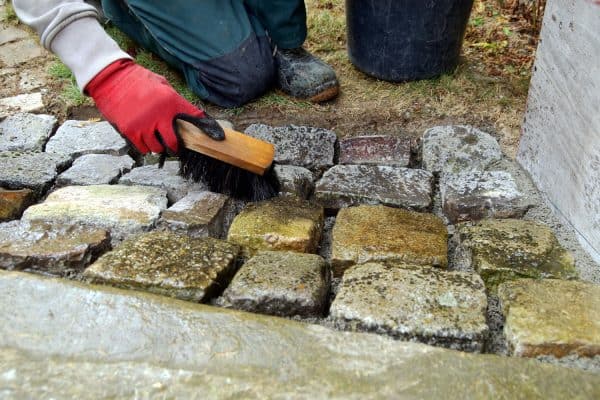
![Blue stone pavers on the garden patio, How To Clean Bluestone Pavers [Care & Maintenance Tips]](https://pavingplatform.com/wp-content/uploads/2022/03/Blue-stone-pavers-on-the-garden-patio-600x400.jpg)
![washing services - block paving cleaning with high pressure washer - Can You Pressure Wash Travertine Pavers? [Best Cleaning Methods]](https://pavingplatform.com/wp-content/uploads/2022/03/washing-services-block-paving-cleaning-with-high-pressure-washer-600x400.jpg)